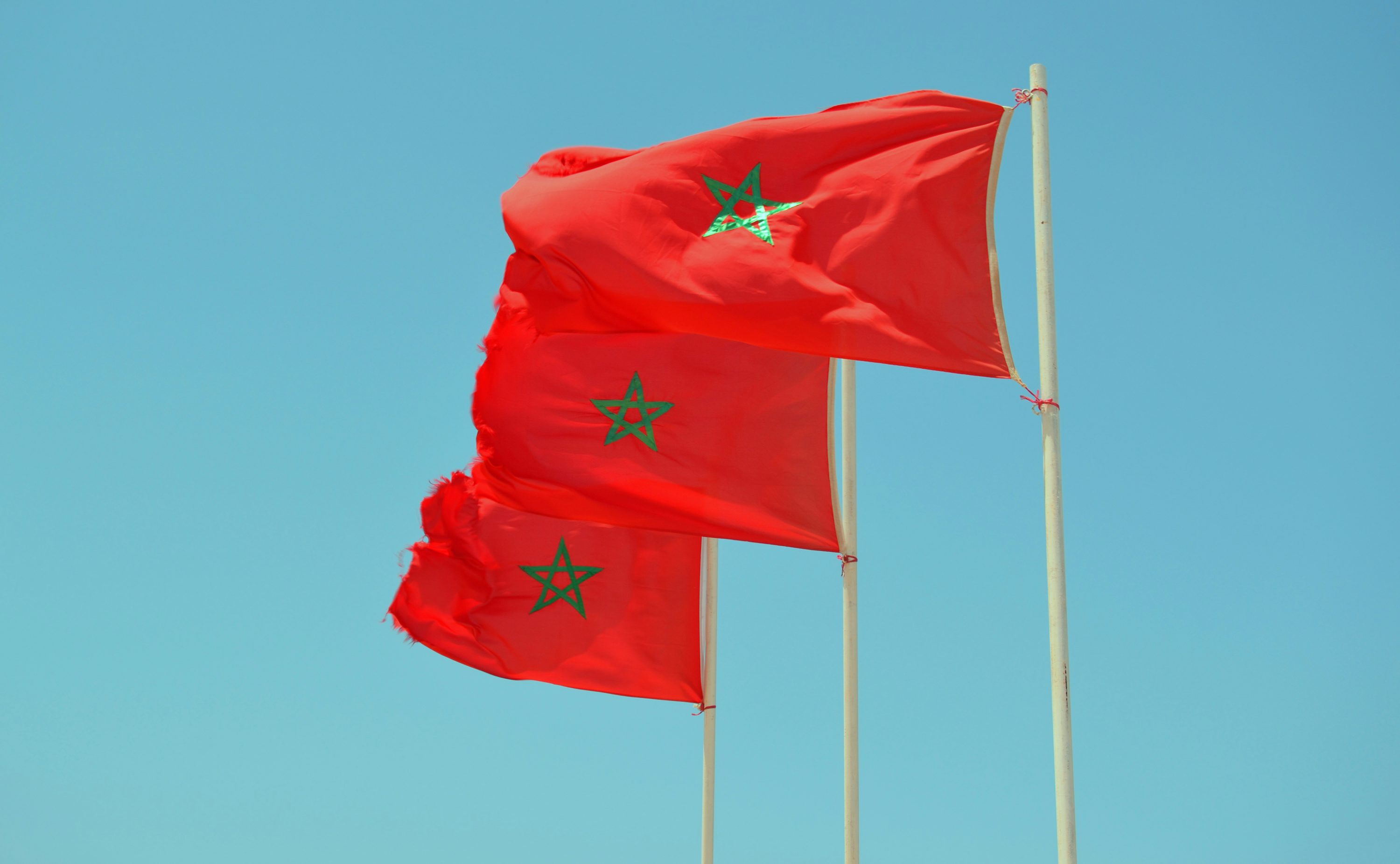Indonesia is perhaps the most thrilling digital payments market on the planet today. With more than 270 million inhabitants and a rapidly expanding mobile economy, cash is gradually being replaced by digital wallets. All purchases, be it coffee from a sidewalk vendor to an airline ticket, are now available to be paid for in a couple of taps. What's behind this movement is the emergence of Indonesia e-wallets such as OVO, GoPay, and Dana, three names which have made smartphones financial instruments for millions.
As Indonesia transitions to a cashless payments economy, learning how these platforms operate and how they stack up is crucial for anyone venturing into this market. With its global payment infrastructure through a single-API, TransFi enables international businesses to integrate easily into mobile wallets in Indonesia, accept payments in local currency, and settle across the globe with lowest FX charges.
This blog talks about digital payments in Indonesia, popular mobile wallets in Indonesia, some of the best fintech solutions out there, and much more.
Digital Payments Indonesia
Digital payments in Indonesia are growing at an incredible pace. According to DataReportal – Global Digital Insights, in early 2025, with over 212 million people online, which is nearly three-quarters of the country’s population, more Indonesians are using mobile wallets, payment apps, and e-commerce than ever before. The government is also pushing this momentum forward through the IPS 2025 blueprint, which focuses on creating an integrated and interoperable payment system across the nation.
QR payments, in particular, are taking off. In just the first quarter of 2025, Xinhua reported that mobile app-based transactions hit 10.76 billion, which is a 33.5% jump from last year. The number of QRIS users has also reached 56.3 million, and there are now over 38 million merchants accepting QRIS payments, with strong adoption even beyond Java, especially in Kalimantan and Sulawesi.
That is significant because Indonesians reside in many areas beyond big cities, and this geographical extension indicates payments are becoming inclusive for everyone. To sum it up, cashless payments are not just a Jakarta phenomenon anymore; they're expanding across islands and rural spaces.
But even today, a merchant in Jakarta or Bali can prosper locally, but fails if foreign customers need to pay, or if they need to receive funds from overseas. That's where TransFi comes in as a strategic facilitator. By plugging into Indonesian mobile wallets such as OVO, GoPay, and Dana, TransFi enables businesses to receive payments from anywhere, settle immediately, and skip FX complexity.
Indonesia E-Wallets
Indonesia's e-wallet ecosystem is booming, and it's difficult to exaggerate just how rapidly these systems have integrated into everyday life. And it's not limited to major cities, wallet adoption is spreading rapidly to tier-two and tier-three cities as a result of convenience, offers, and digital penetration.
The top three players, namely OVO, GoPay, and Dana, have their own different strengths. OVO app Indonesia is a plug-in ecosystem to Grab's ecosystem, which makes it a top choice for rides, food delivery, and lifestyle payments. GoPay Indonesia, supported by Gojek, leads merchant acceptance and P2P payments, particularly for street vendors and micro-merchants. Dana wallet Indonesia emphasizes safe e-money transfer and bill payment, where users prefer transparency and convenient cash-in/cash-out. All these wallets collectively provide the foundation of cashless payments in Indonesia.
What this ultimately means for companies is that taking one e-wallet is simply not sufficient anymore. Customers want choice, and neglecting any of these platforms can result in lost sales. That's where TransFi enters the picture. With integration across all the leading mobile wallets in Indonesia, TransFi enables companies to accept payment effortlessly from OVO, GoPay, Dana, and others while settling immediately in local currency or global stablecoins.
OVO vs GoPay vs Dana
Let's unpack it: OVO, GoPay, and Dana are the three Indonesia e-wallet giants, yet each plays a slightly different game. OVO app Indonesia focuses on lifestyle and ecosystem spend, particularly on Grab rides, GrabFood, and partner merchants. Its growth comes from loyalty integration and sticky rewards, which motivates heavy usage. In contrast, GoPay Indonesia is ubiquitous wherever you turn, be it tiny street vendors or big retail chains. It leads P2P payments and merchant adoption and is the preferred wallet for day-to-day transactions. The security and simplicity are the priorities of Dana wallet Indonesia, which provides users with clear digital transfers, bill payments, and QR-based merchant payments, thus making it highly suitable for users desiring easy digital money management.
Although all three wallets exist to facilitate digital payments in Indonesia to be faster and more convenient, their user bases and respective strengths are different. OVO gets lifestyle-driven consumers, GoPay rules micro-transactions and daily payments, and Dana gets users focused on trust and security. For merchants, this translates to money left on the table by using one wallet alone. Consumers demand choice, and they demand their choice wallet at checkout.
This is where TransFi breaks the mold. Through integration with all leading mobile payment systems in Indonesia, TransFi allows businesses to accept OVO, GoPay, Dana, and other local wallets under one roof.
Also read about: Indonesia’s E-Wallets (OVO, GoPay, Dana) Explained
Why Integrating with Top Mobile Wallets in Indonesia is a Necessity?
Today, Indonesia has over 200 million smartphone users, and mobile wallets are now the default for cashless payments in Indonesia. From buying groceries in Jakarta to paying for ride-hailing services in Bali, consumers expect convenience and speed. Businesses that fail to offer these options risk losing customers to competitors who do.
Integrating with OVO, GoPay, and Dana isn't solely about receiving payments, it's also about bridging consumers where they're already present. GoPay, for instance, dominates peer-to-peer payments, OVO excels in lifestyle and reward-based loyalty, and Dana specializes in secure QR-based transactions. Collectively, they reach almost every payment preference in Indonesia's urban and semi-urban spaces.
Here's the truth about what this actually means for companies: by not integrating with these wallets, you lose out on quicker checkout, increased conversion rates, and fewer abandoned carts. But integrating each of them separately can be complicated, time-consuming, and costly. By using TransFi, companies can accept payments from OVO, GoPay, Dana, and 250+ other local payment methods instantly, settle in their currency of choice, and grow globally without the hassle of dealing with separate APIs.
Top Fintech Solutions in Indonesia for Cross-Border Payments
A couple of years ago, cash or bank transfer was the norm for the majority of Indonesians. But today, even purchasing coffee, settling bills at the grocery store, or remitting money overseas is done with a few clicks on a smartphone.
But for businesses, managing these payments can still be complicated, with multiple systems, endless reconciliations, and tricky cross-border rules.
TransFi changes that. With a single platform and easy API integration, it connects Indonesia’s local fintech ecosystem to over 100 countries, making it seamless for businesses to accept, move, and settle payments globally.
Its suite of tools makes global finance effortless. BizPay offers instant collections and payouts across 40+ currencies and 250+ payment methods, including stablecoins, with real-time tracking and 24/7 AI support. Wallet lets users store and manage funds in fiat or stablecoins and hold 40+ currencies. Ramp provides instant crypto and stablecoin access through familiar local rails, with top rates and built-in fraud protection. Powered by a Single API, all payment flows are unified in one integration.
In short, TransFi bridges Indonesia’s local fintech strength with the global economy, helping businesses grow without borders or payment friction.
Conclusion
OVO, GoPay, and Dana have revolutionized how Indonesians pay. From road side hawker sellers to e-commerce titans, Indonesia's transition to cashless payments is evident, driven by rising smartphone penetration, enhanced infrastructure, and accelerating confidence in digital payments.
By integrating with top Indonesia e-wallets and leveraging stablecoin rails, TransFi allows businesses to accept payments globally while settling in local currency instantly. This solves the usual headaches of cross-border payments, high fees, and fluctuating exchange rates.
Ready to simplify payments and go global? Talk to an expert at TransFi today and experience borderless payments that feel truly local.
FAQs
- How to incorporate mobile payment systems in Indonesia for cross-border payments?
Rather than dealing with individual integrations, the most convenient is choosing one payment platform supporting all wallets and currencies. TransFi integrates with 40+ currencies, 250+ local payment options, and 80+ digital assets, allowing businesses to accept mobile wallets in Indonesia and settle globally instantly. - How do OVO, GoPay, and Dana work?
OVO, GoPay, and Dana are digital wallets that allow you to pay for anything from food to online shopping from your phone. You can recharge the wallets, connect them to your bank account, and pay via QR code or in-app transfer. - What are the best e-wallets in Indonesia?
The leading e-wallets are OVO, GoPay, and Dana. OVO dominates in retail, GoPay in ride-hailing and online services, and Dana specializes in frictionless peer-to-peer and utility payments. TransFi supports all popular e-wallets in Indonesia, ensuring frictionless payments. - What is the comparison of Indonesian e-wallets?
OVO excels in retail payments, GoPay dominates online and ride-hailing services, and Dana is preferred for bill payments and P2P transfers. With TransFi, you can accept all three, making global payments familiar for native people. - What are the current digital wallet usage trends in Indonesia?
Particularly amongst urban smartphone users, digital wallet adoption is skyrocketing. People are shifting from cash to QR payments, app-based transfers, and online checkouts.
Table of Contents
Suggested Article
Explore our products

Make global payments at the speed of a click

Accept payments, remove borders.

Unlock Seamless Digital Currency Transactions Anywhere








.png)














